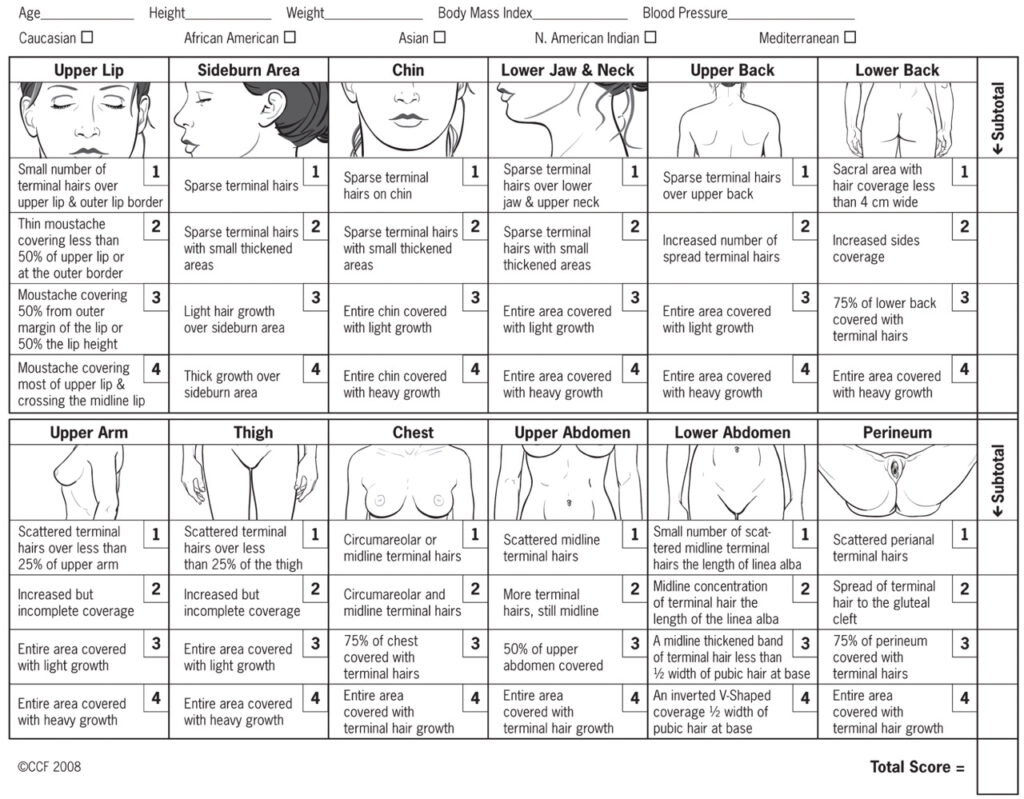What is PCOS
PCOS is one of the few period-related conditions that I haven't focused on yet in my blog. Admittedly, there are many resources to refer to when it comes to this condition. But I feel that it's something for me to talk about and give my perspective on, as it's a syndrome that I've been living with.
What is PCOS?
PCOS is known as polycystic ovary syndrome. And while you might think that you need polycystic ovaries to have this condition, the criteria has changed since it was first discovered in 1953.
As of 2003, a new criteria called the Rotterdam Criteria are being used to diagnose PCOS. Moreover, only 2 of the 3 criteria are needed for a diagnosis. They include:
-
Delayed ovulation or irregular menstrual cycles (anovulation)
-
High androgenic hormones like testosterone
-
Polycystic ovaries on ultrasound
Exploring PCOS Criteria
Delayed ovulation or menstrual cycles
We can't rely on our apps to tell us if ovulation has happened - because as we know, the app will pick a day in the middle of the cycle and declare that as the ovulation day. Therefore, we have to pay attention to our body's cues - in the form of cervical fluid and basal body temperature. If ovulation does not happen, this refers to anovulation, and may cause a delay of the entire menstrual cycle - where the cycle itself may be longer than 35 days in length.
If you typically experience long menstrual cycles, despite them being regular, this may indicate PCOS.
High androgens
All women have male hormones, but higher levels of these hormones can be problematic. Higher levels of male hormones may lead to acne (along jaw or back), growth of facial and body hair (or hair loss!) in specific patterns.
The Ferrimen Gallway Score is a tool used to assess hair pattern change:

Yet, someone does not need to display physical signs of high androgens to have them. The following hormones should be evaluated to satisfy the high androgen criteria:
-
Total testosterone
-
Free testosterone
-
DHEA
-
Androstenedione
-
Sex Hormone Binding Globulin
Polycystic Ovaries
An ultrasound needs to be done to figure out if you have polycystic ovaries. Basically, you need 12+ follicles that are between 2-9mm or an ovarian volume bigger than 10cm in a single ovary. If attempt to get an ultrasound done, do so on the third day of your cycle (ie. day 3 of bleeding).
Next Steps
Now that you're familiar with the criteria of PCOS, here's what you can do next:
-
Track your cycle length
-
Determine if you're ovulating (DO NOT RELY ON YOUR APP)
-
Get your blood work done (PS. NDs can order your blood work too!)
-
Talk to your doctor about an ultrasound if either the first 2 criteria may not be an issue (ie. blood work is optimal)
Now that you have a solid plan, please sign up for my monthly newsletter called The Flow for more informative and useful content like this! I want to make sure that you have a good flow!
